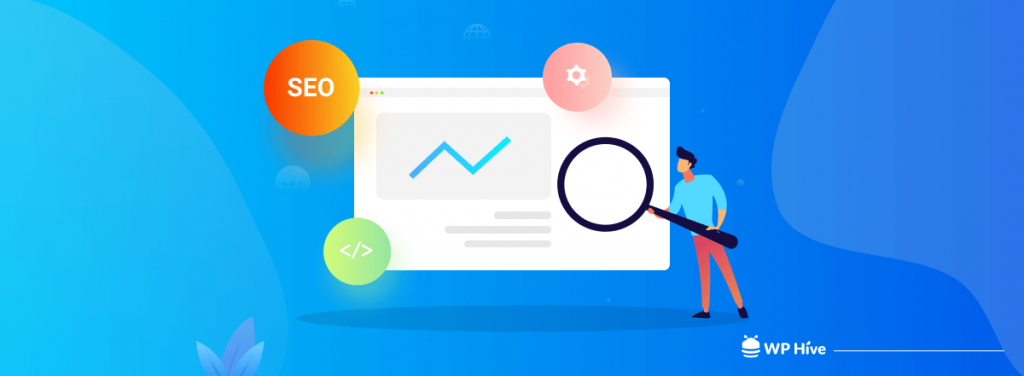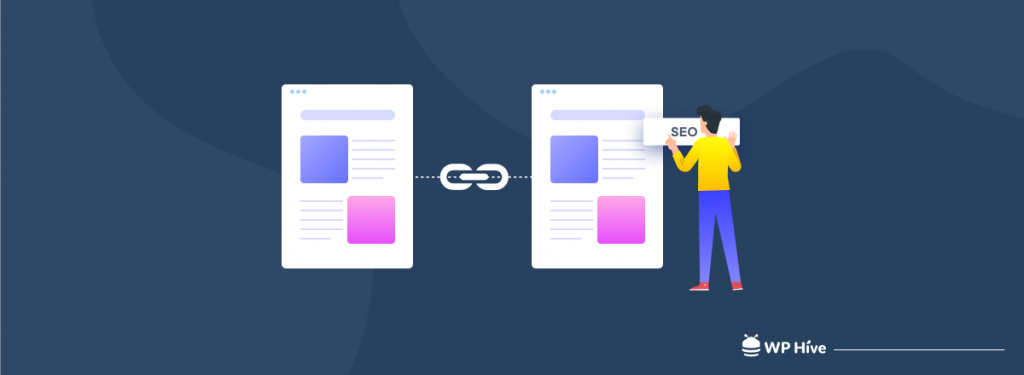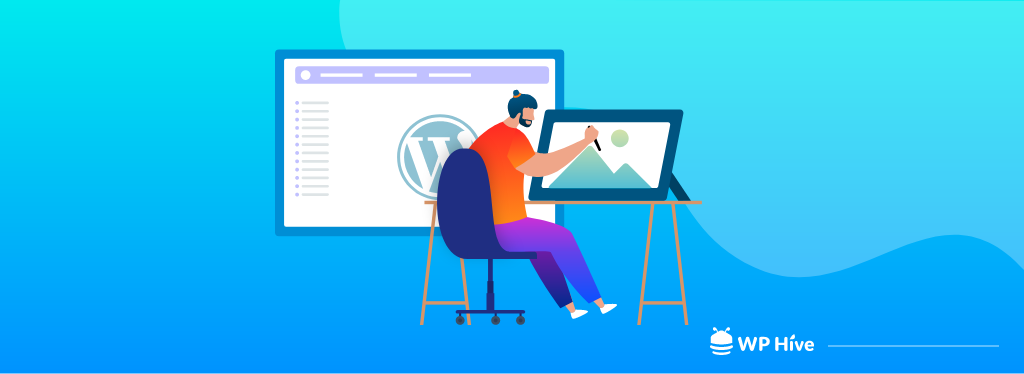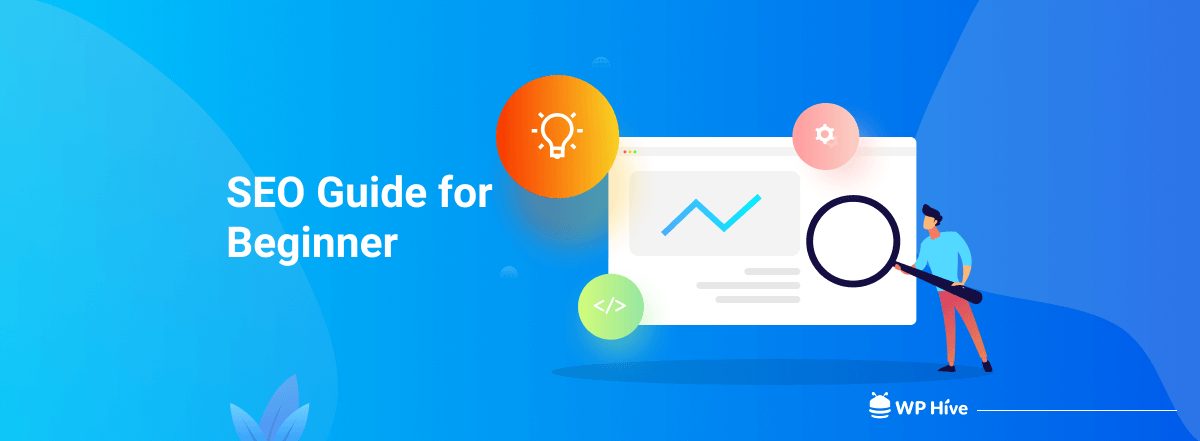No matter what business or project you start, today you practically do not exist if you are not on the Internet. But the trouble is that when you jump into the online world, it is not enough to create a website and wait for customers to come.
“When you want to hide a dead body, it is best to do it on Page 2 of Google,” is the sentence with which Internet experts metaphorically explain the manner of today’s spoiled Internet users. They will only look for what is at hand. On the first page. They won’t bother, and why should they?
For most people who are not in the Internet business, but the Internet is important for their business, it is not clear what exactly they need to do – they hear big words from all over great Internet experts who promise them “position number one on Google”. And it costs money.
For beginners: SEO – search engine optimization – is a term that means adjusting the site so that search engines find it easier and give it a better position. But before you hire the most expensive SEO experts (and if you call the top ones, you will need a decent budget and great confidence in what they do), you can do some basic things yourself. Yes, an SEO expert is a profession and it really exists. Many make a fuss about it, but the fact is that it is also a craft, which is learned from the beginning, and whose basics can be mastered.
What if you don’t have the money for an SEO expert? Does that mean that your site will be ‘collecting dust’ on the 258th page of search results? Of course not, because you can do a lot yourself. Don’t expect miracles but be guided by the motto, which is very valuable in this case: Even small bricks built into a good foundation will mean much more than giving up building a house.
What’s Needed for the First SEO Step?

Keep in mind that in SEO – or optimization of Internet content for search engines – one major rule applies: Less is more. This is especially true for keywords. Don’t overdo it with keywords because that way you can only make the search engine algorithm ‘hate’ you and punish you by pushing you further away to the search pages that only the most persistent fanatics visit.
If you are not sure which words are key to your business at all, a great place to start researching is with the help of a Google keyword tool called Keyword Planner. You can use this tool to experiment with different keywords before you find the ones that function best for you.
We had to make this clear before we give you more detail on how to make your site (if you wonder how to build a website, the choice is between two options: one for beginners, and the other for those with more technical knowledge) be more appealing and available for search engines, and easier to find for users.
How to Optimize the Web Page? On-Site SEO

URL Structure
Simply put, if you call the pages by their real name (the one that contains the keywords), there is a much higher chance that the page will be found through a search engine.
Define the custom URL of your pages and posts, for example, www.thenameofthesite.com/category/thenameofthepost or www. thenameofthesite.com/thenameofthepost.
Title Tag
Tags actually help search engines understand what is important to us on the page. The title tag is used to tell Internet search engines what the page is about. This tag should not be longer than 70 characters because Google only includes that much in the search.
If it is a page where you represent your business, make sure the business name, or key product, is included in the title tag. Of course, on some pages, these are keywords specific only to that part of the job that is on the page. Technically, you insert this tag into the piece of code on the page between the <HEAD> </HEAD> tags near the top of the HTML code on the page.
Meta Description
This is a step further in explaining the engine algorithm what the website is about. The meta description contains a more detailed description of the topic of the page.
There are still differing opinions as to whether the meta description affects the ranking of the site’s pages in search in any way. Most are of the opinion that if a meta description contains text that has ordinary people in mind, people made of blood and flesh, and includes keywords used for the page, that such a meta description will appear in search results just below the page title.
The importance of the correct use of keywords on the site’s pages can be seen in the search results: the keywords that the reader typed into the search engine appear bold in the search.
H1 to H6 Heading Tags
They are used to highlight the content on the page that is more important to us. Be sure to use them, and Google recommends, for example, using the <h1></h1>, <h2></h2>, <h3></h3>, <h4></h4>, <h5></h5>, <h6></h6>, where <h1> is the most important, and so on.
These tags are certainly used in ranking algorithms, and with their use, in addition to engines, you draw the reader’s attention to what is important in the text, and thus it becomes important for search engines.
Suggestion for arranging heading tags on the page:
- H1 – title
- H2 – larger subtitle
- text
- H3 – smaller subtitle
- text
- H2
- text
- H3
- text
Additional Elements for on-Site SEO

Although best known, these tools are not the only ones used for search engine optimization.
Internal Links
It is not enough just for some others, preferably the highest quality sites and with the best possible ranking, to leave a link to your site. The so-called internal links are also very important.
Think about how to connect the pages of the site without having ‘dead ends’, that they are connected logically but also not to distract the readers. Well-placed internal links tell the search engine that you are dealing with similar, related topics, that the site is logically and thematically well-placed.
ALT Image Tags
People today do not read straightforwardly. They are interested in big headlines and visually clearly separated segments, and if you add a line of emotions, you have ‘perfect’ news/text/blog to the taste of today’s reader.
If you use images on the site (well, who doesn’t use them), consider good keywords for the image name and ALT tag because search engines do not see what is in the picture, and these two elements serve to explain it to them as well as possible.
Beginners often forget the importance of photo tags. If you have a random tag 143546fg in one image, under which the image was marked or a tag with the name of your business as, say, the best hosting, what do you think – when the search engine will know what the image is about and include it in the search?
For example, for an image that illustrates the text about hosting, we will put the following code: <img src=”(name of your business)-best-and-most-stable-site-hosting-and-sale-of-domains.png”alt=”(name of your business), the best hosting and domain sales”/>.
Bold Text
You should not go crazy with this but you should occasionally bold the most important keywords in order to attract the readers’ attention but also to make it easier for search engines to single out what is important in the text.
Content Is King
The content is great because it is useful not only for visitors but also for search engines. The more content you have, the more likely visitors are to find you. The more content you have, the more search engines will index and include more pages on your site. And how can both readers and search engines be satisfied? Write phenomenal content. It will pay off.
Link Building for SEO Optimization
This is definitely one of the most commented and discussed topics within SEO. What does it mean? You simply need to get people to leave a link to your site somewhere so that it attracts as many people as possible. If you still get keyword links, it will help you rank better in search engines for those keywords.
Not all links are the same…
- Organic Links – these are the ones you don’t have to ask for permission for, they come naturally, and they are the best. They are especially important if they come from an institution that already has trust and ranks well.
- Paid Links – content marketing.
- Whitehat link building technique, which provides quality links.
Link building is not a process that can be completed quickly, sometimes not even easy. But you can try a few ‘tricks’:
- Offer to write guest posts for some of the popular blogs in the same industry. You will definitely get a link to the site, at least from the ‘author box’.
- Try to get a link from sites that are in a similar (but not competitive) business. A good way to do this is to exchange links with each other – if there are sections for friends, partners, associates, and the like.
- Create profiles on social networks. Although they will not always increase your search rankings, they will generate traffic to your site.
- Subscribe to directories, but be careful to which ones – links in some of them can do you more harm than good. Avoid directories that collect miscellaneous stuff, better focus on a few from your niche. For example, if you have an online children’s store, it will mean more to you to appear in the directory of a children’s portal or children’s magazine, than in five general directories.
Create content that is worthwhile. A great example of content that will ‘force’ people to share and link to it are good infographics – if you have a great image with important data (even better if it is attractively presented), people will surely share such content.
Keep Track of Your Progress
SEO is perhaps the best example of how often knowledge on the Internet needs to be supplemented. Search engines are constantly changing their algorithms, social networks do it as well. With constant changes, they want to make you pay more for their ads and get less attention only with good content. That is why it is very important to monitor the effects of your work as per this SEO guide for beginners.
The key is to become a ‘ninja’ of Google Analytics. It has countless possibilities, and even a beginner can master it enough to track key parameters: organic search, number of visits, how many people leave their site and why, which keywords work, why people come to them.
Learn to post goals in Google Analytics because you will know exactly which keyword led to the visit, whether those visitors did what you want – subscribe to the mailing list, ordered a product, register. If you use WordPress, you can do basic SEO with the help of quality free and premium plugins that greatly facilitate basic SEO, like the Yoast SEO plugin.





Add your first comment to this post